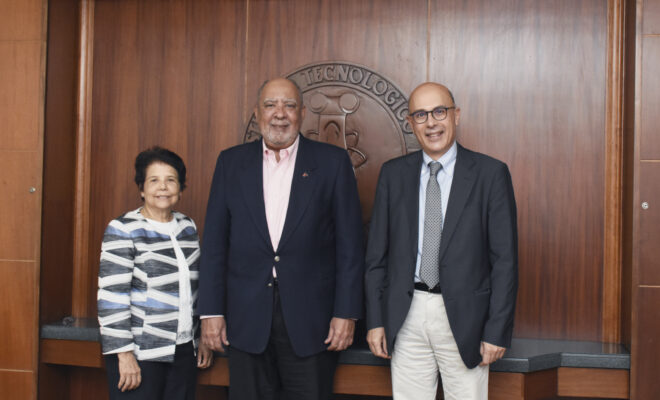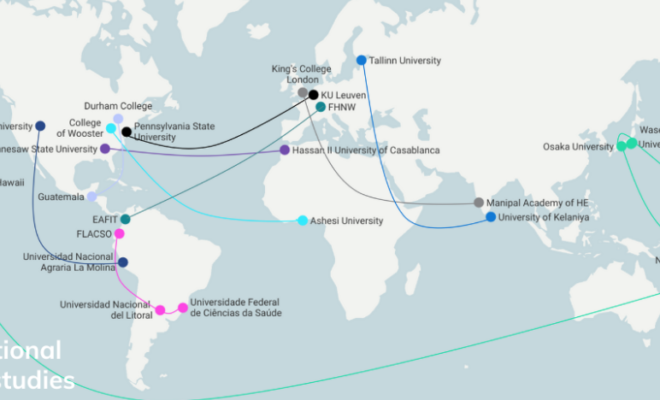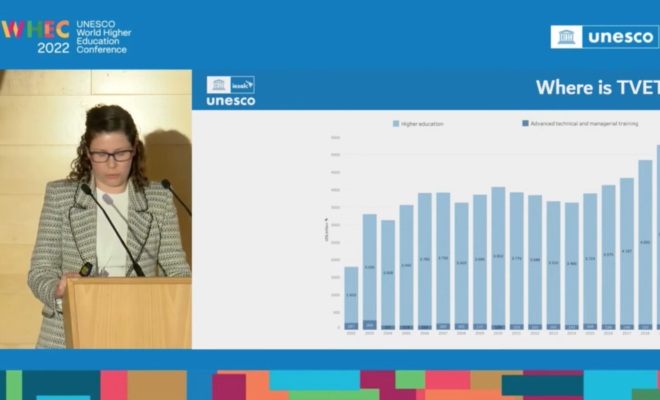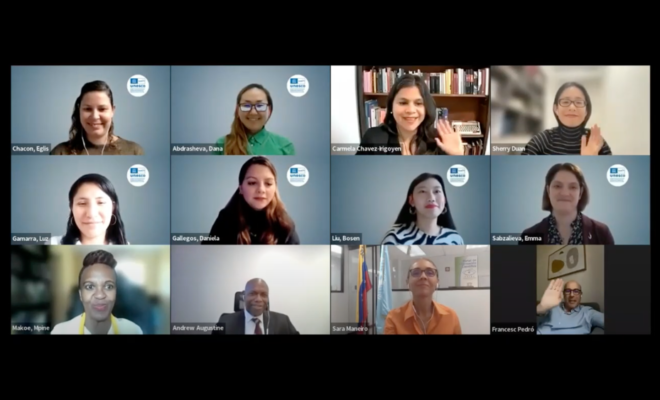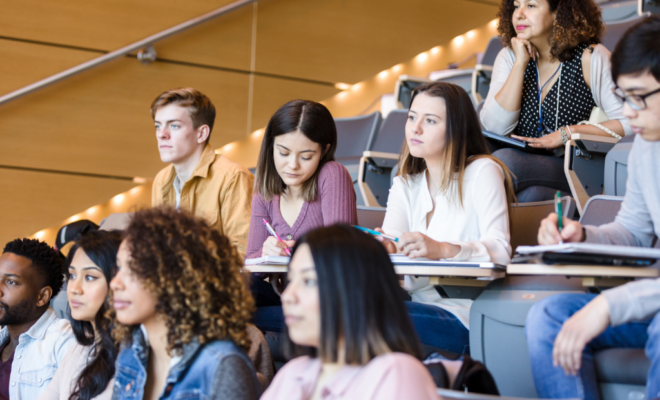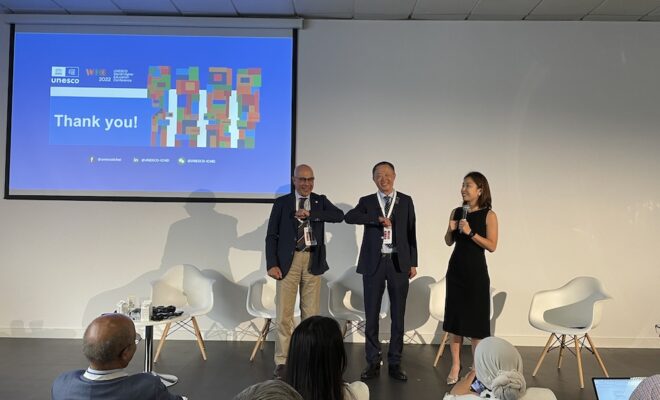Tool strengthens hybrid education in Peruvian public universities
A self-diagnostic guide enables institutions to assess their digital capabilities
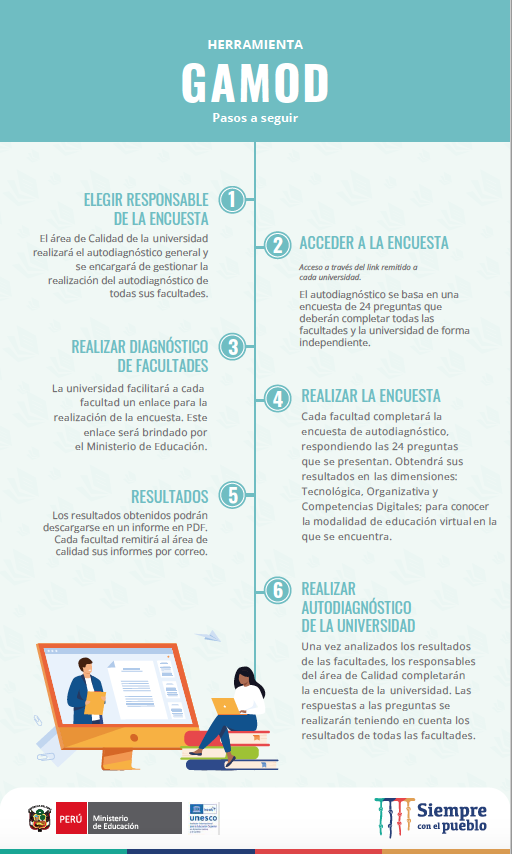
In order for public universities to plan, organize and prepare the academic calendar for the first semester of the year, through the implementation of hybrid models in public universities, the Ministry of Education of Peru (MINEDU) and the International Institute for Higher Education in Latin America and the Caribbean (UNESCO IESALC) developed the Self-diagnosis Guide for Strengthening Distance Learning (GAMOD).
GAMOD online, a simple and user-friendly evaluation tool, is composed of a survey that collects 24 indicators structured in 3 dimensions: technological, organizational and digital competence. These make it possible to identify the level of digital maturity, as well as the implementation of virtual training (emergency virtual mode; standard virtual mode or advanced virtual mode) both in their faculties and at university level.
On the other hand, it allows to know if the houses of studies have virtual learning environments and if they can be used massively. It also identifies whether they have virtual laboratories, digitized learning resources in libraries and/or repositories, among others. All this will allow universities to identify the hybrid models that will be implemented, as well as the percentage of face-to-face and virtual learning that they will offer as of semester 2022-1, in order to be able to offer quality courses.
Based on the information provided by the universities through GAMOD online, the MINEDU will be able to identify the gaps that exist between them and with the regions, thus becoming an important tool for the diagnosis of the national reality and the implementation of public policies.
The launch took place via Facebook Live on March 11, 2022 and was attended by Yuma Inzolia, global coordinator of UNESCO IESALC; Zarela Hurtado, DIGESU specialist; and Carlos Vicente, Campus IESALC Specialist. The closing ceremony was in charge of Rocío Quispe, General Director of University Higher Education of the Ministry of Education (Minedu).
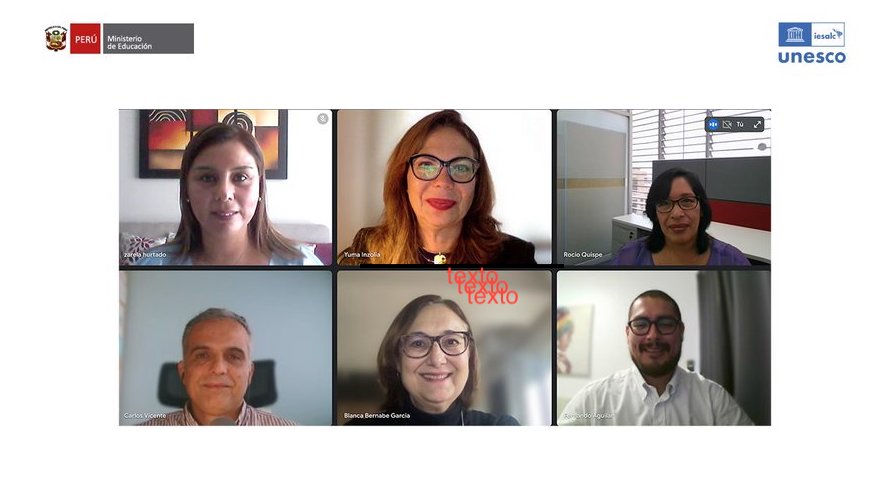
RELATED ITEMS
